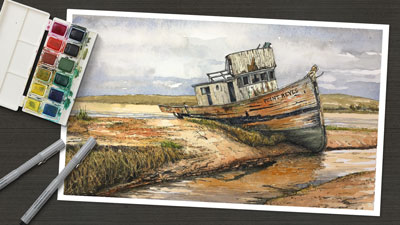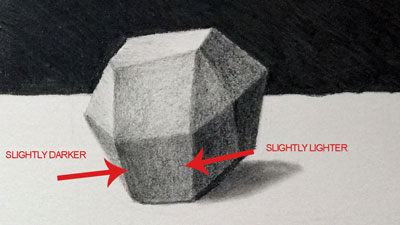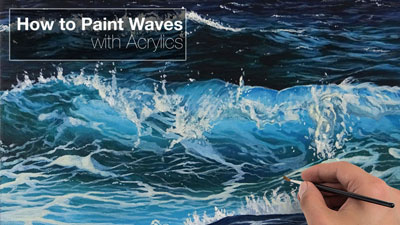
You may make a judgment about me here, but when I was younger I would experiment with changing my handwriting. In fact, for a period of time, I changed my handwriting so frequently that my teachers started to question if I was “outsourcing” my assignments.
I guess I enjoyed the change up. It made the mundane reports I was writing a bit more exciting. (Yes, people “hand wrote” reports in those days.)
Looking back, I think that it was about more than changing my handwriting. As strange as it may seem, I think it was more about defining myself.
Marks are Expression
We express ourselves through marks that are made with our own hand. Marks are personal. We each hold tools differently. We each think differently. We are unique.
Handwriting is so unique that we accept it as a check for identify. Experts in handwriting can identify the person who wrote the word just by examining the mark on the surface.
As I experimented with different styles of handwriting, I was trying to “find” who I was through the marks that were made. My handwriting said something about me. I think I recognized that somehow.
Art is no different. When we express ourselves through the marks that are made – they are personal. They are unique. They are ours. They say something about who we are.
It’s easy to look at works of art that have been deemed “famous” and identify the artist that created them. Especially when we consider the works of artists such as Picasso and Van Gogh. The mark clearly belongs to them – it is their style.
But what many of us fail to recognize is that this style only developed overtime, after experimentation, after they found it.

Would you recognize the painting above as a work by Van Gogh when compared to his works that are considerably more famous?
Look at how much Van Gogh’s style changed in just seven years…

Picasso’s story is even more extreme shifting from Realism to Cubism, which ultimately made him famous.
Van Gogh’s style is unlike any other. He was influenced by the Impressionists, but he allowed his own unique mark to show through.
We Have Unique Styles
We all have our own unique styles as well – just like Picasso and Van Gogh. Sometimes though we feel that our “styles” aren’t good enough. In some cases, these thoughts can keep us from creating the art that we love.
Here’s a quote that was posted on the forum that inspired me to write this post…
“…But I feel as though a lot of my artwork looks alike,and its not necessarily a good thing. Whether it be landscape drawings or anything, I feel as they all have some of the same aspects to it, although its hard to point out, that make it look like ‘my’ work…”
There’s more to the post, of course. There is some frustration expressed. But to summarize, the artist feels that their work is somehow inferior. He recognizes that practice is required to improve, but feels that some aspects of his work will always be recognizable as his work.
Some aspects of your work should always be recognizable as your work – it is your style. And instead of it being repressed, it should be celebrated and developed.
We all have artists that we “look up to” – those that we want to emulate. It is good practice to have influencers.
However, we should recognize that we are different people and our marks will reflect this. If we become too caught up in making art with someone else’s voice, we may loose our own.
If you are not developing your own unique style, then you are simply copying someone else’s.
Sure, we need to continue to improve ourselves with a deeper understanding of the elements and principles and with more experience with subjects and media. But we should always listen to ourselves as artists and let our marks speak. And let them speak in our own unique voice, in our own style.
We may never be the world’s next Picasso or Van Gogh, but at least we know that the marks that we make are ours and belong to no one else but ourselves.
If so, join over 36,000 others that receive our newsletter with new drawing and painting lessons. Plus, check out three of our course videos and ebooks for free.
Lesson Discussion
Comments are closed.






You put this in such a great perspective Matt. Thank you so much for taking the time to write this. It really made me think about my work. I can and will always improve, and see changes in my artwork for the better, but should always have my own style as well. I shouldn’t be trapped in the thought that my work will always look bad, but rather strive to keep improving my skill and confidence, as well as my own style. Thanks again Matt!
-Nick